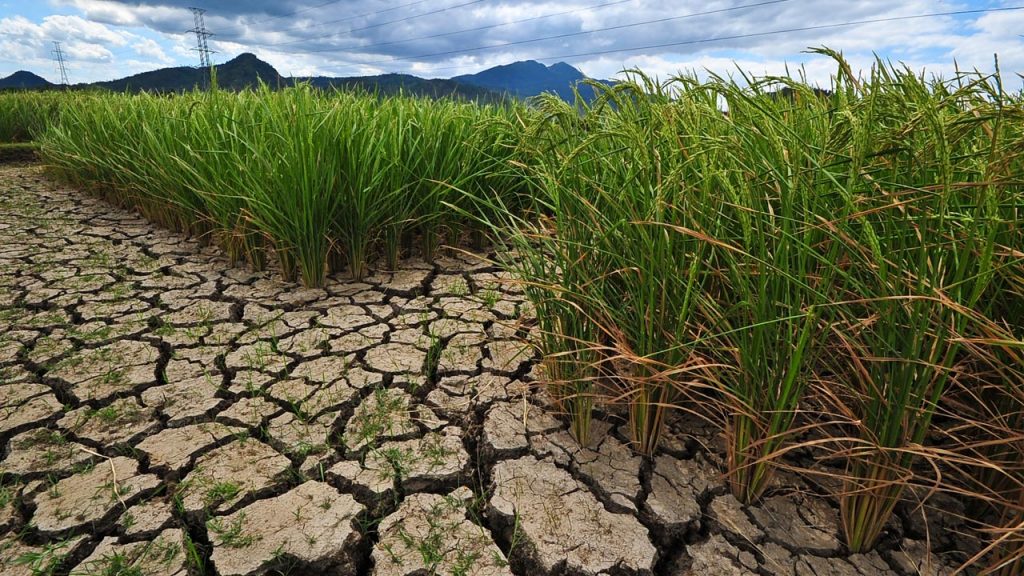Bhawanipatna: Climate change has severely impacted the survival of traditional varieties of paddy seeds in western Odisha and pushed them into verge of extinction, a report said.
The situation is quite alarming as over 10,000 varieties of paddy seeds which were found 20 years back could no more be seen now. Only 400 of them are in existence here.
Sources said that several districts in western Odisha have been witnessing a sharp decline in rainfall during the last one decade. Going by the statistics, the annual rainfall rate has been declining in each and every district of western Odisha which is quite alarming. There are several instances when there is almost no rainfall in monsoon season in some districts for a year or two which has led to erratic climatic conditions in the region.
Things have come to such a pass that cultivation has become increasingly dependent on low-pressure triggered rainfall than on monsoon rain. While the duration of summer season is increasing, the duration of winter and monsoon has been reducing. Reduced rainfall has resulted in decline in groundwater level in the districts of western Odisha.
As a result, the districts of western Odisha have to face a host of natural calamities. The change in climatic conditions is directly affecting agriculture. Water scarcity is affecting the agricultural works and mostly resulting in droughts. Reports said that 20 years back, there were over 10,000 varieties of paddy seeds in western Odisha but with time and changing climatic conditions, the number of paddy seeds varieties have come down to 400.
Lack of rainfall is threatening the survival of many paddy seeds in the region, many of which are no more seen being cultivated in the region. As a result, various varieties of paddy seeds are on the road to extinction in the region which is termed as the hub of paddy cultivation in the state.
Only those crops which can withstand the change in climatic conditions and low rainfall have survived in the region. The rest of the crop’s varieties have failed to survive in the area due to low and scanty rainfall. As per records, cultivation in western Odisha has become largely dependent on the rainfall taking place in the month of June. Drought takes place in the region if the rainfall declines in this period.
The green house effect has worsened after 1850. As a result, rainfall is reducing day by day which is leading to drought like situation in many parts of the world.
A report by a foreign agency claimed that western Odisha has lost over 30 per cent of its green cover during last 50 years.
This apart, rapid industrialisation and increase in the numbers of petrol and diesel driven vehicles have led to a decline in the ozone layer. Therefore, the normal temperature in the districts is increasing one to two degrees in every 35 years. Taken together, all this have led to an extinction of traditional varieties of paddy seeds and vegetable crops in the region.
